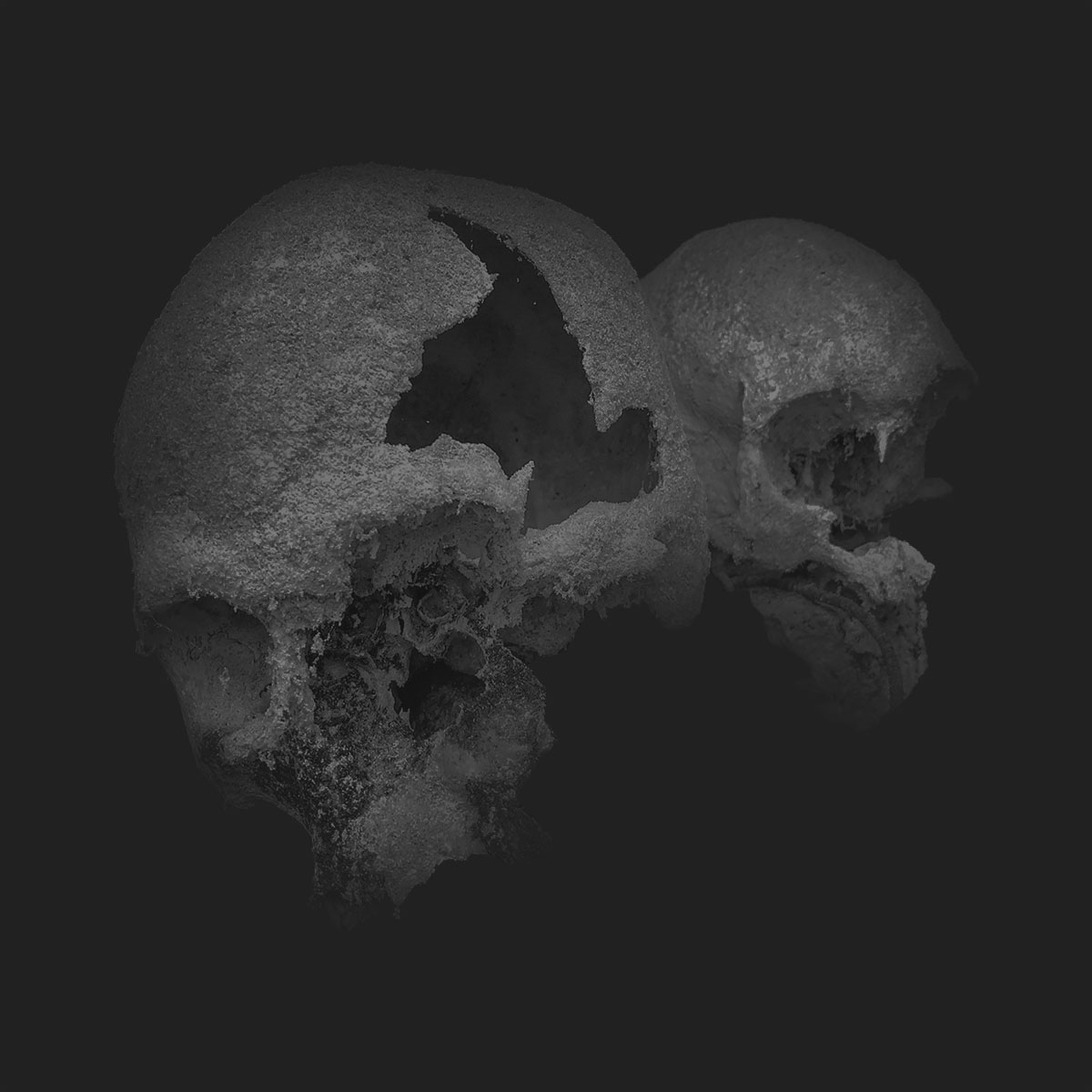Handicrafts
Rather Than Abstract Art
Artistic craftwork can be found all over the islands. From the dug-out boats to the stilt houses, handicraft is common among almost all locals. The skills are passed down from generation to generation.
Young boys start practicing their wood carving skills with the machete as soon as they can walk, while the girls can often be seen weaving Senat — a traditional mat. An artistic touch is usually applied to the traditional dresses, made from palm leaves or tree bark and body paint is common during ceremonial occasions.
Although abstract art is not traditionally widespread, there are some exceptions:
Ancient Caves
And The Art They Hide
Numerous sights with ancient rock paintings can be found scattered over the archipelago. A hotspot is Misool, with some caves covered in pictures of animals, people and even abstract concepts, like spirits.
Many of the artworks show remarkable similarity to Aboriginal paintings found in Australia. Since the primordial Melanesian inhabitants are closely related to Aborigines, it is not surprising to find resemblance in both, art and believe.
Music & Dance
Rather Than Abstract Art
Raja Ampat has various traditional songs and dances. For example, the “Bintaki” - a dance inspired by the fishermen's movements - is one. Another one is the “Wor”, which was introduced by Biak people during their migration and traditionally is performed to greet visiting nobles.
The dominant instruments for traditional music are flutes and drums in various sizes. While both are still used for festivities, they have been replaced in everyday use. Nowadays guitar and ukulele are very popular among the people of Raja Ampat.


